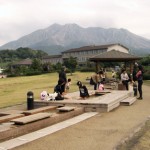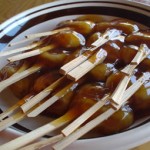New Year’s events and custums are still passed on; there are deep meanings connected with these events and customs.
Japanese Decoration for New Year (Okazari / お飾り)
Kadomatsu (門松): New Year’s Decorative Pine Branches
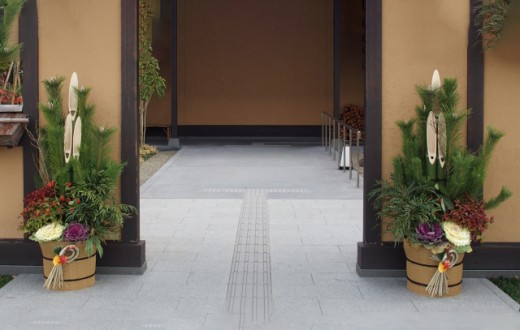
Kadomatsu is a landmark for the god of the year to come to the house.
Kadomatsu decorate the gate or the entrance of the house. Since ancient times Japanese people have believed that Gods inhabit evergreens such as pine trees. Furthermore, auspicious bamboo sticks and plum trees started to be used as decorations.
During the period kadomatsu decorates the house, people think the god of the year is at peoples houses, so they call the period “matsu-no uchi (the period pine (松) branches are decorated, the period the god is waiting (待つ) there).”
It is also the period people make New Year’s calls or send New Year’s cards.
The first visit of the year to a shrine is also during this period.
Shimenawa (しめ縄 / 注連縄) & Wakazari (輪飾り): Sacred straw rope
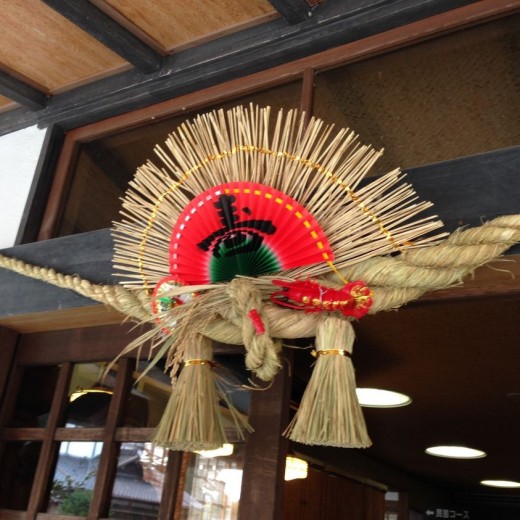
(Shimenawa)
It is said that the god of the year comes at new year’s time. It also means the god is the family’s ancestors as well, and it gives happiness and protects the family. You have to clean the house when you welcome the god.
Shimenawa and wakazari are the sign that cleaning the house is finished.
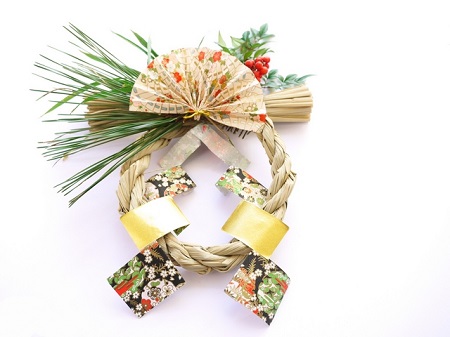
(Wakazari)
Kagami-mochi (鏡餅): Round Rice Cakes Offered to The Gods at New Year’s Time
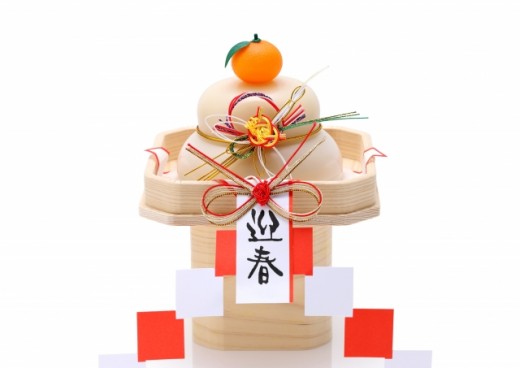
The god of the year stays in the kagami-mochi. Some say that the mochi (rice cake) is shaped round and flat and it looks like a mirror which was a treasure in ancient times, also the round shaped mochi imitates a heart which symbolizes a soul and that’s why Japanese people have the custom of decorating mochi.
Kagami-mochi decorates the household Shinto altar and household shrine.
Decorating kagami-mochi originated the custom of “Hagatame” (strengthening teeth), in which people eat hard mochi, Japanese radish and other hard things. Teeth represent age, so people strengthen themselves against the ageing process and celebrate good health and long life with this custom.
Kagami-mochi is piled up with a big mochi and a little mochi. Those two mochis mean the sun and the moon. It also symbolizes spending time peacefully.
Category : Japanese Culture , text @en
Tag : 24 divisions of the solar year , 24sekki , corona virus , COVID-19 , COVID19 , Emergency , Japanese culture , season , tanabata , The coronavirus , 日本の文化







